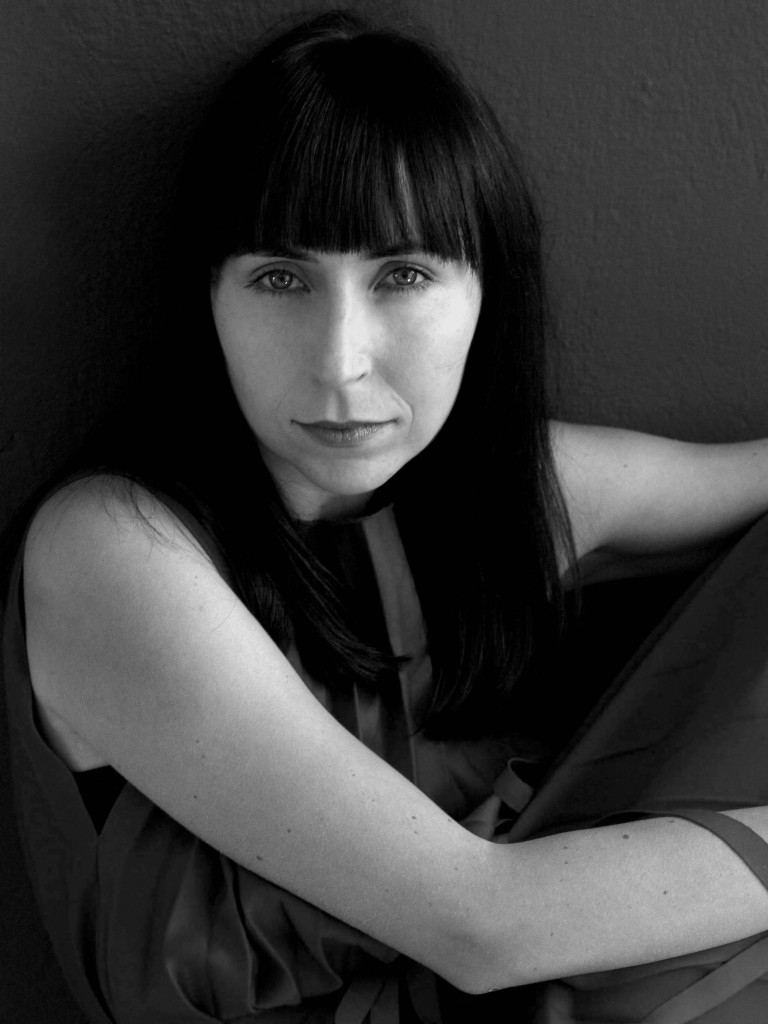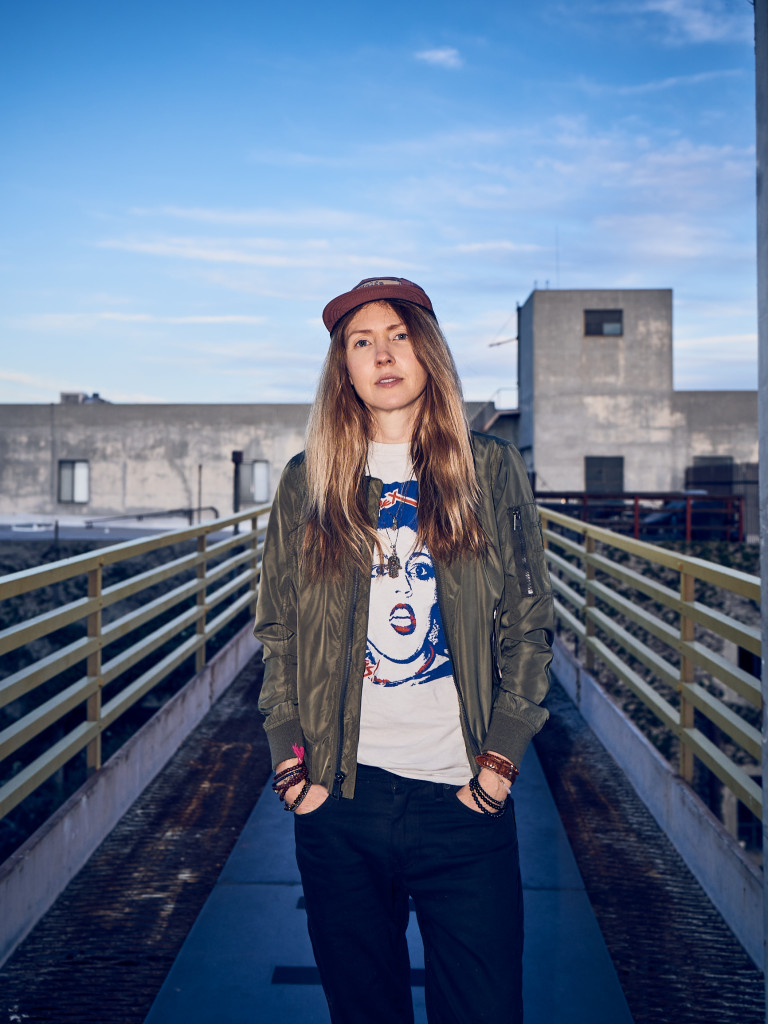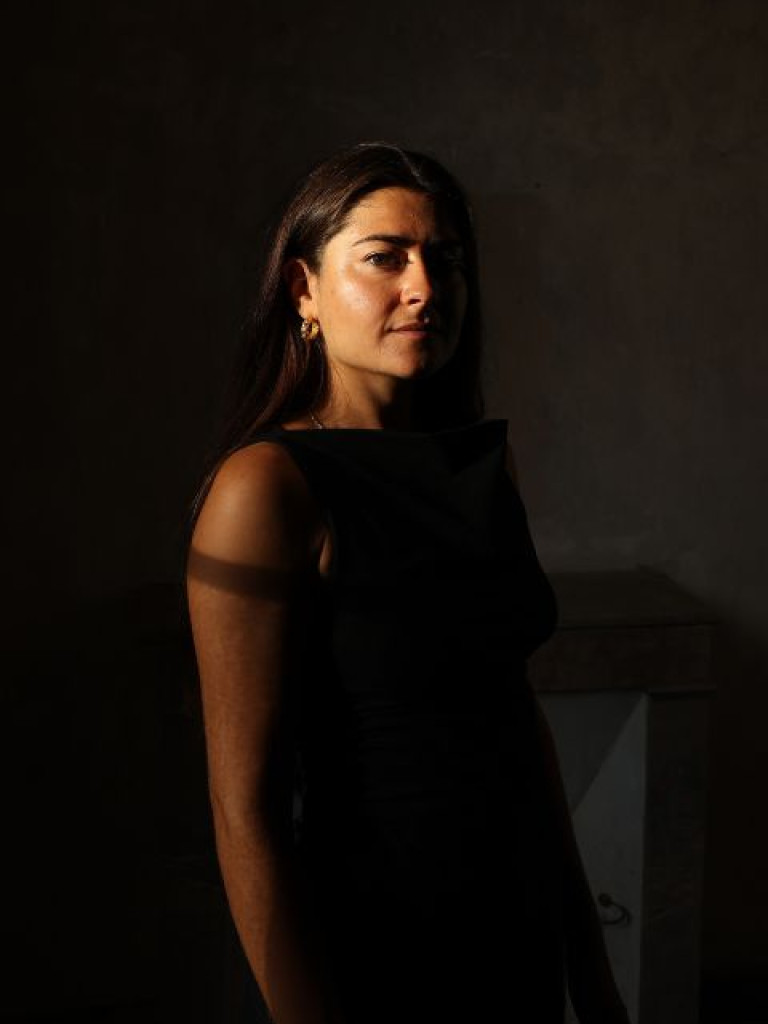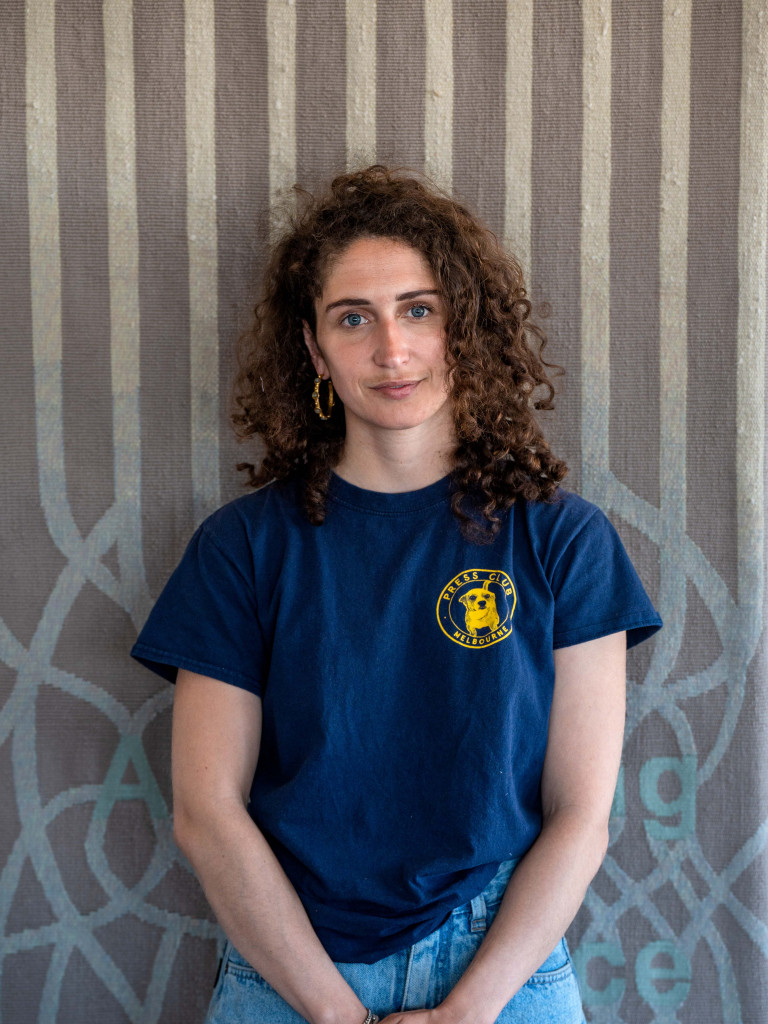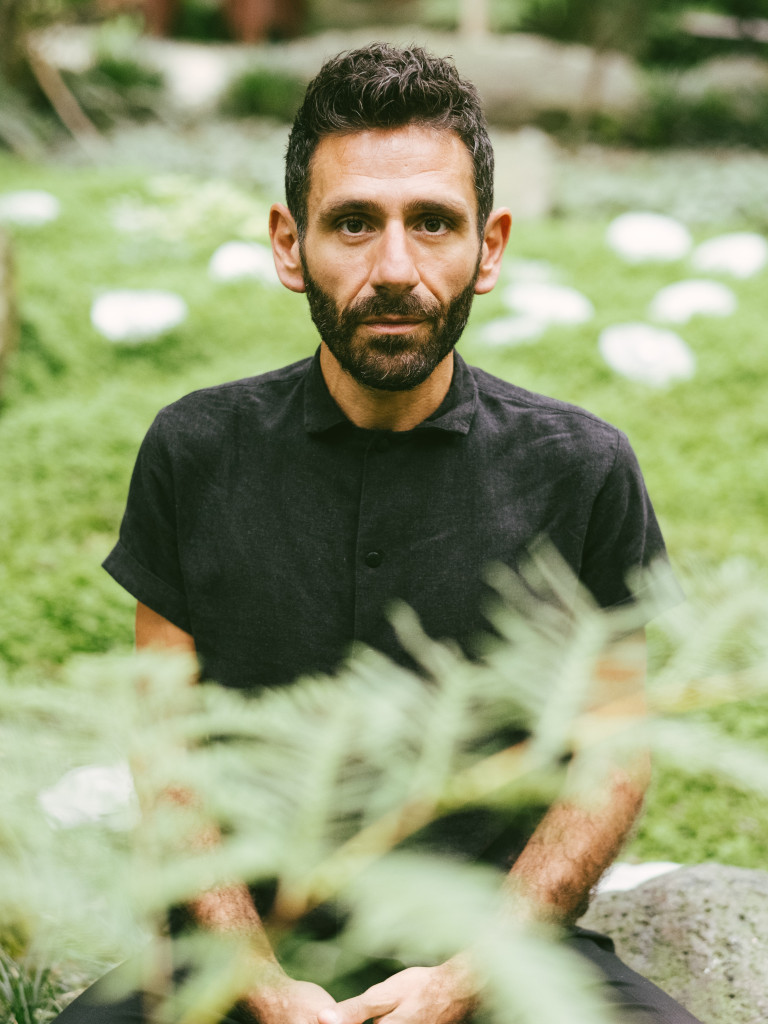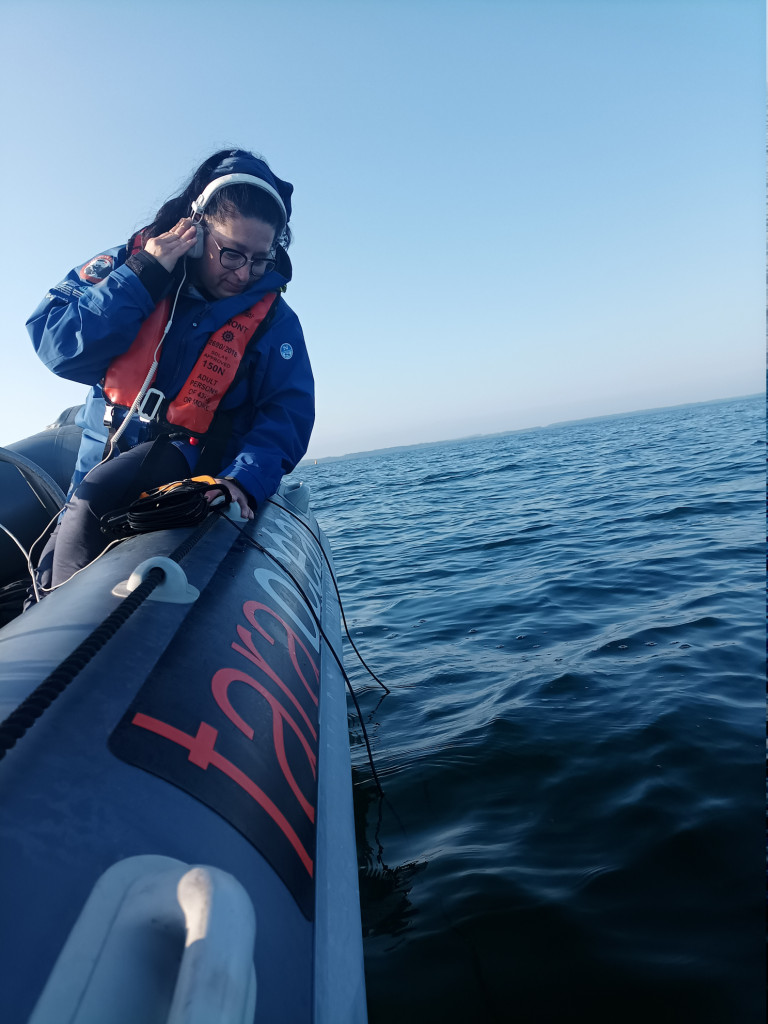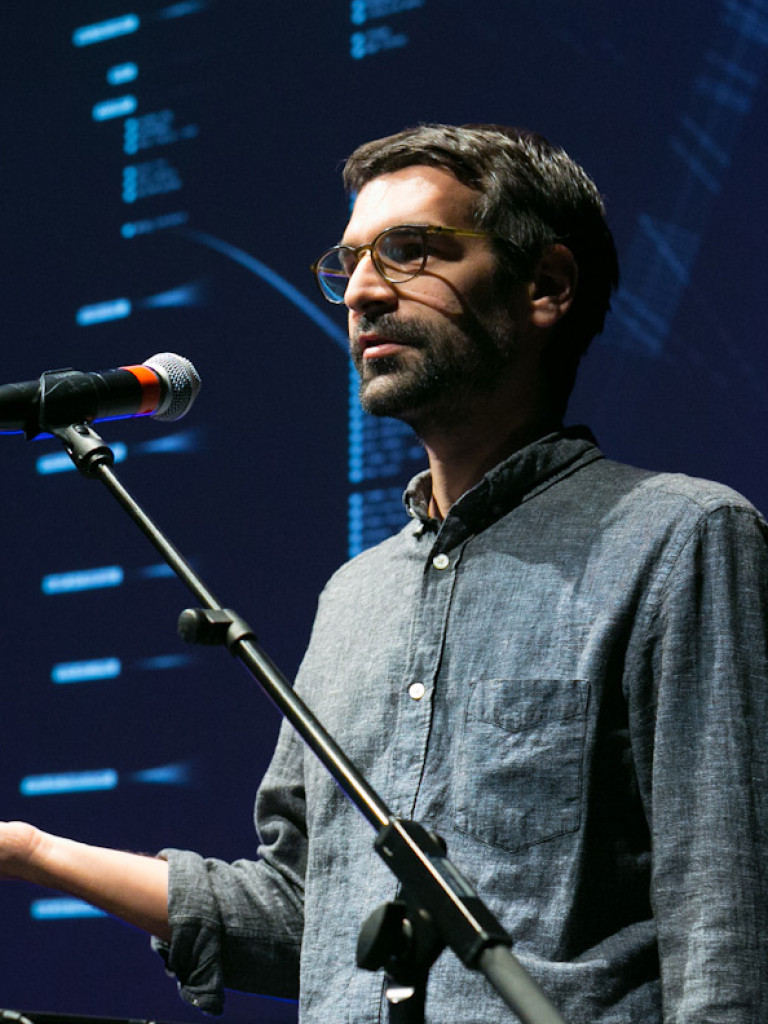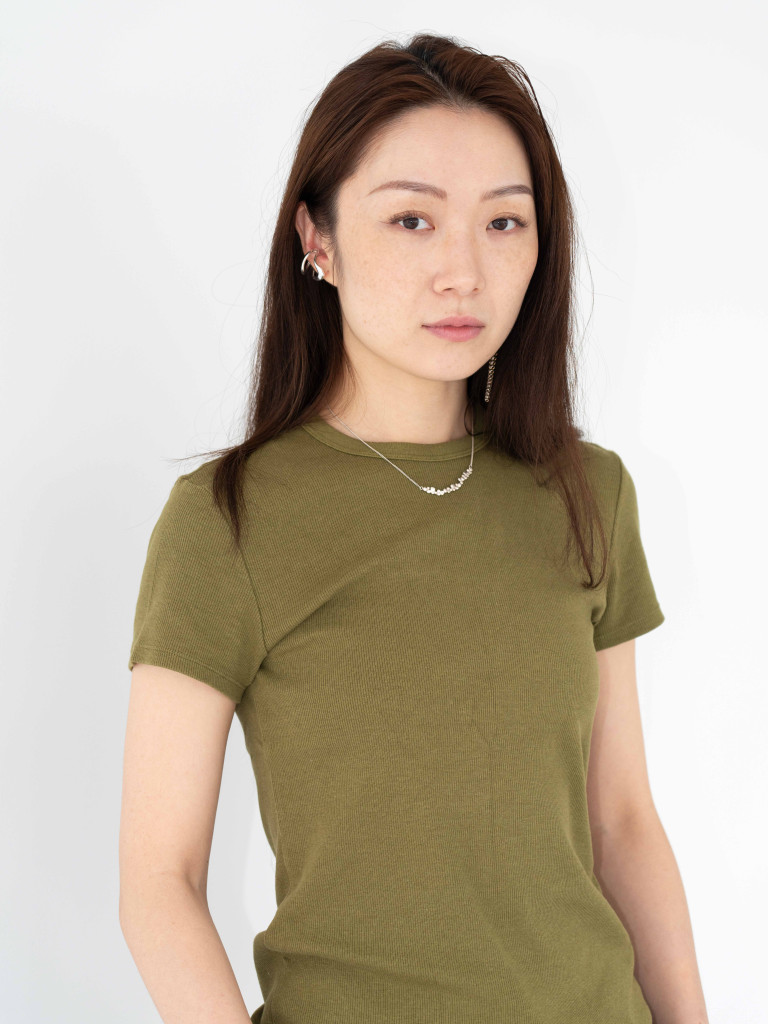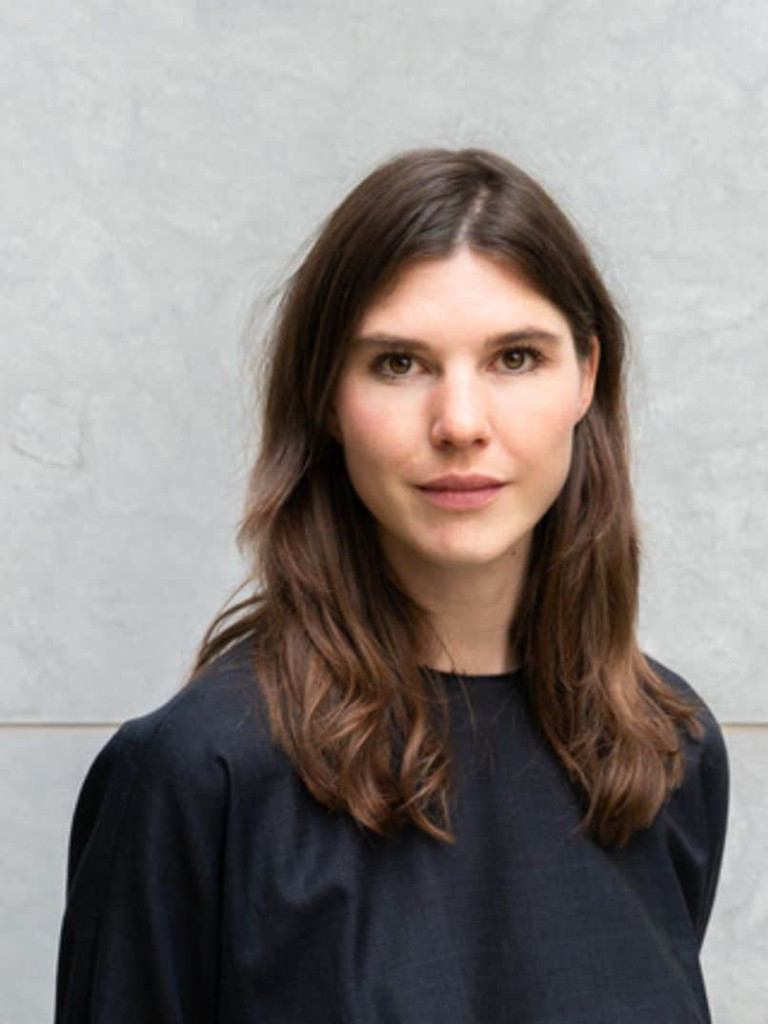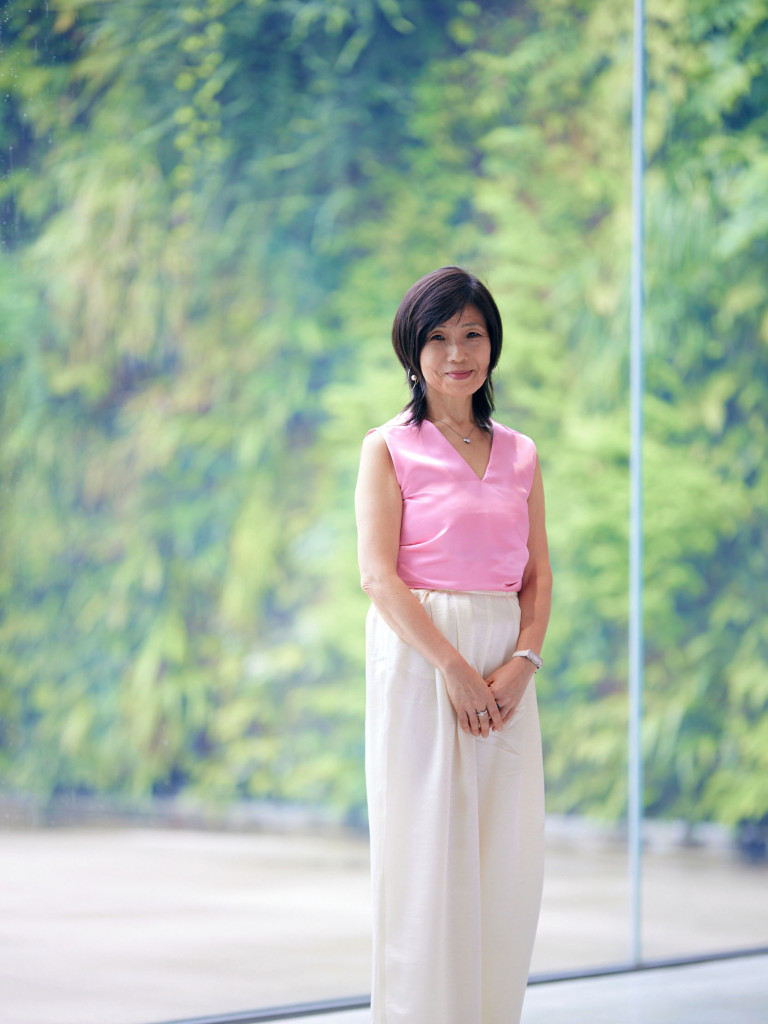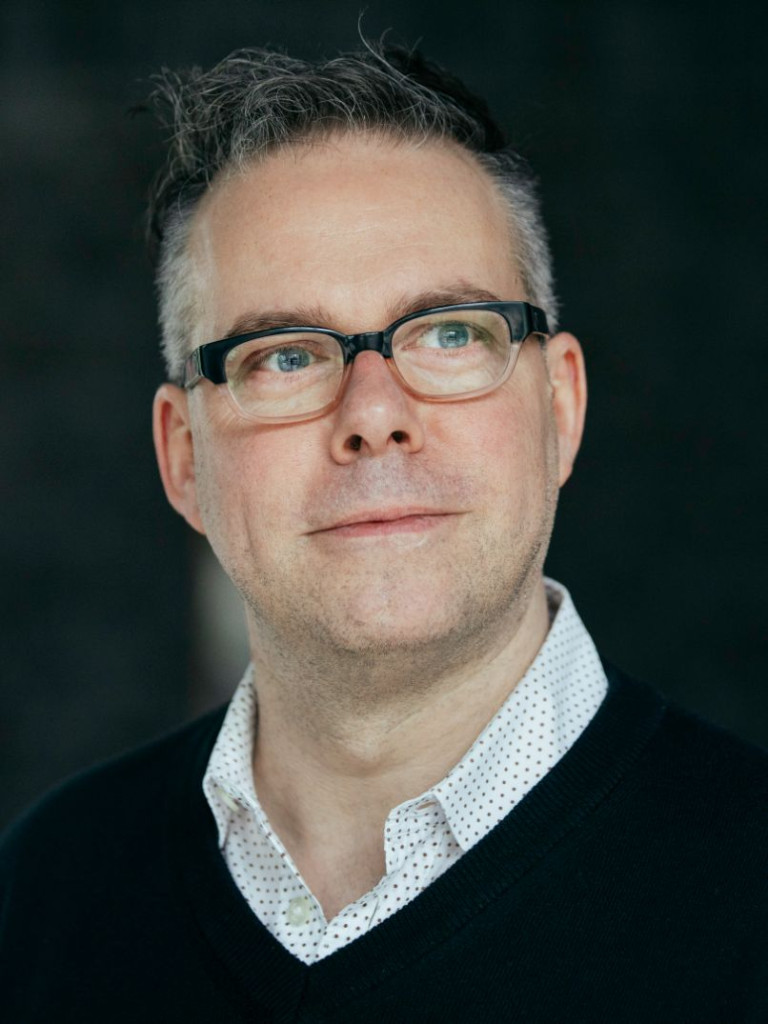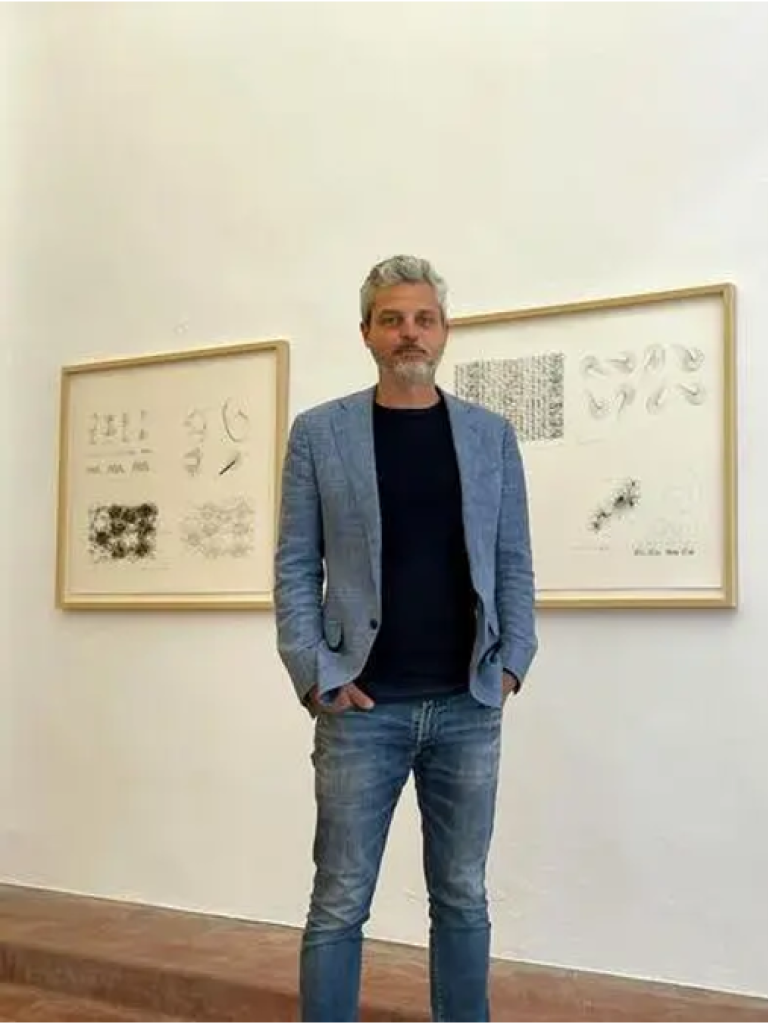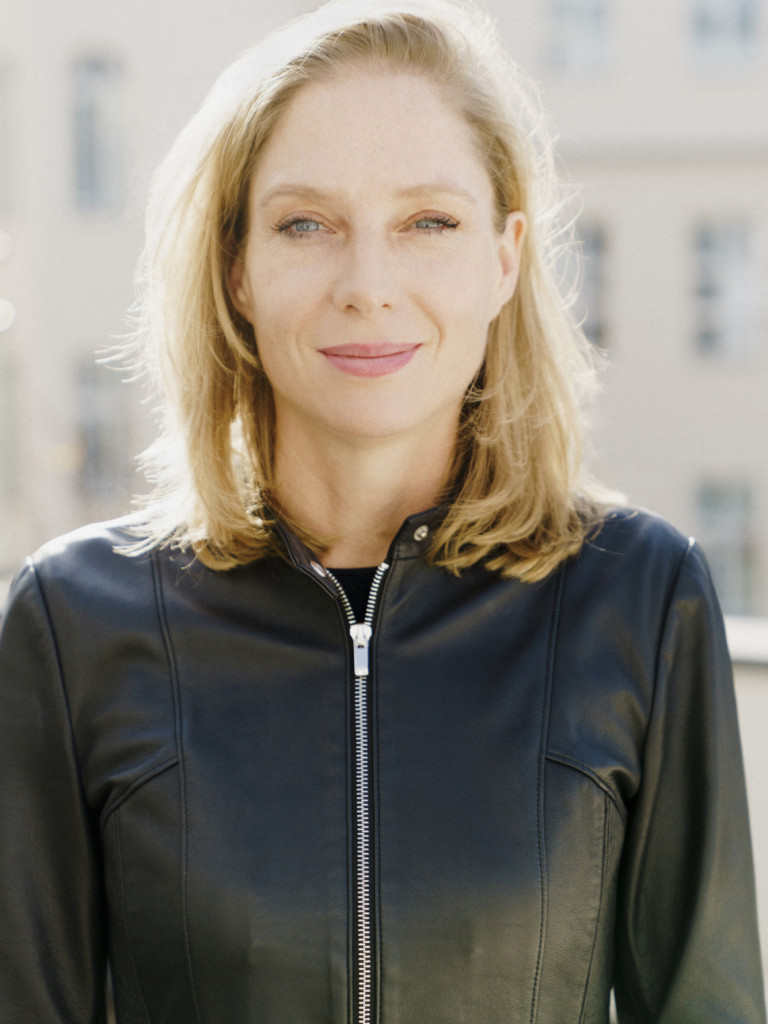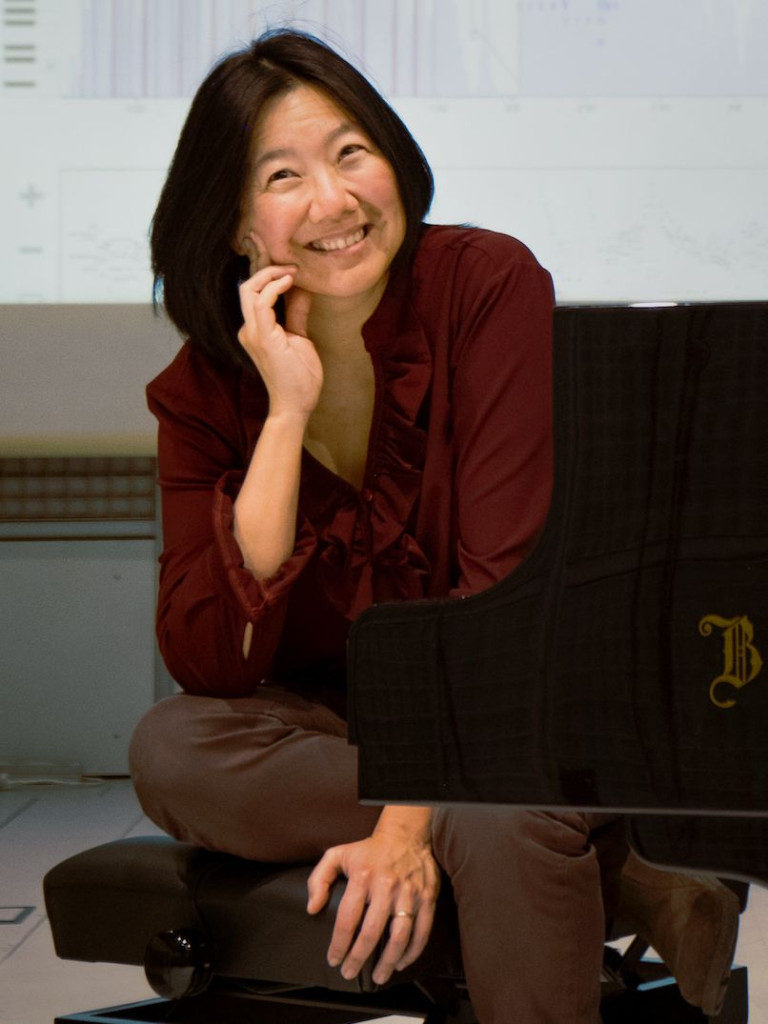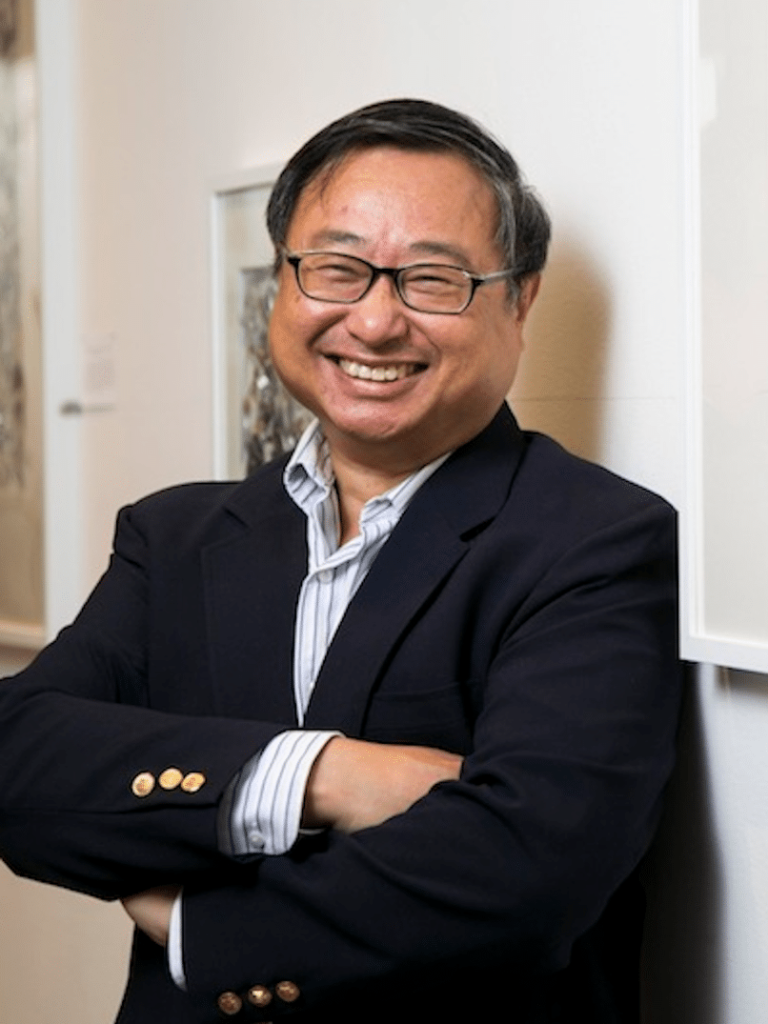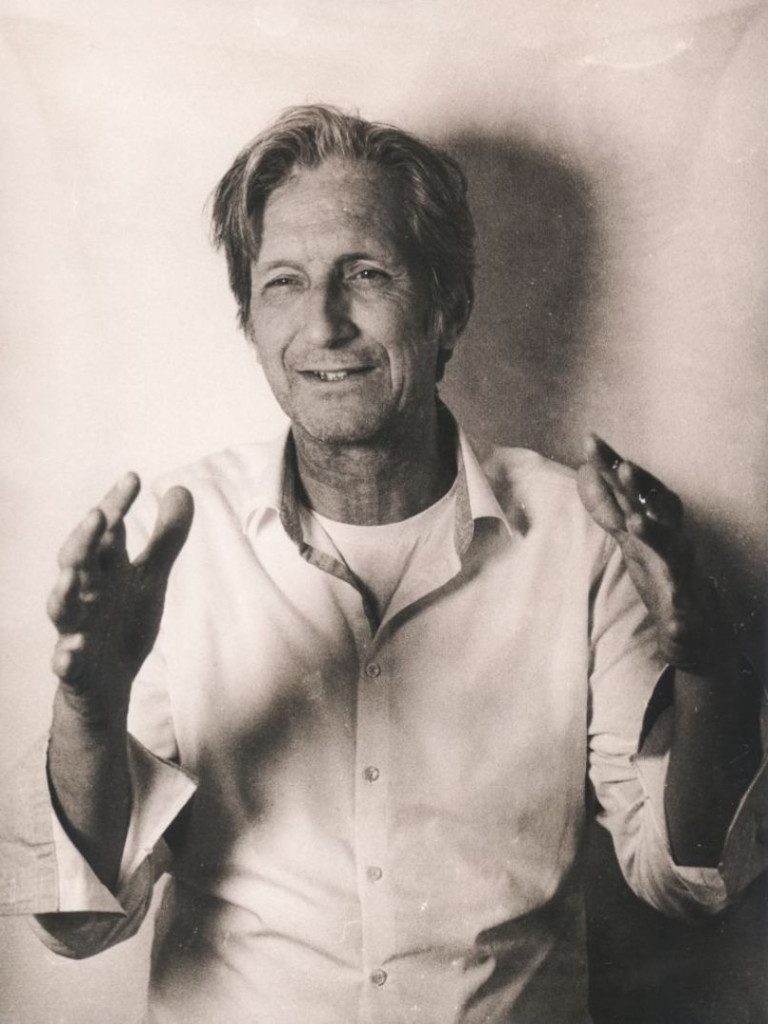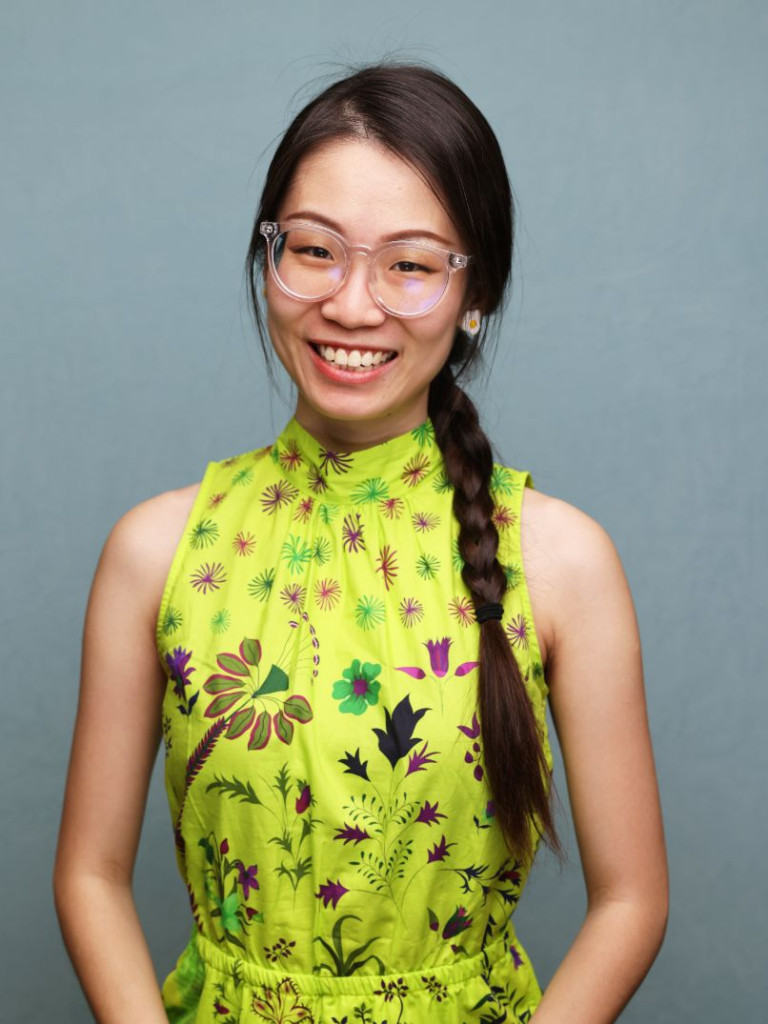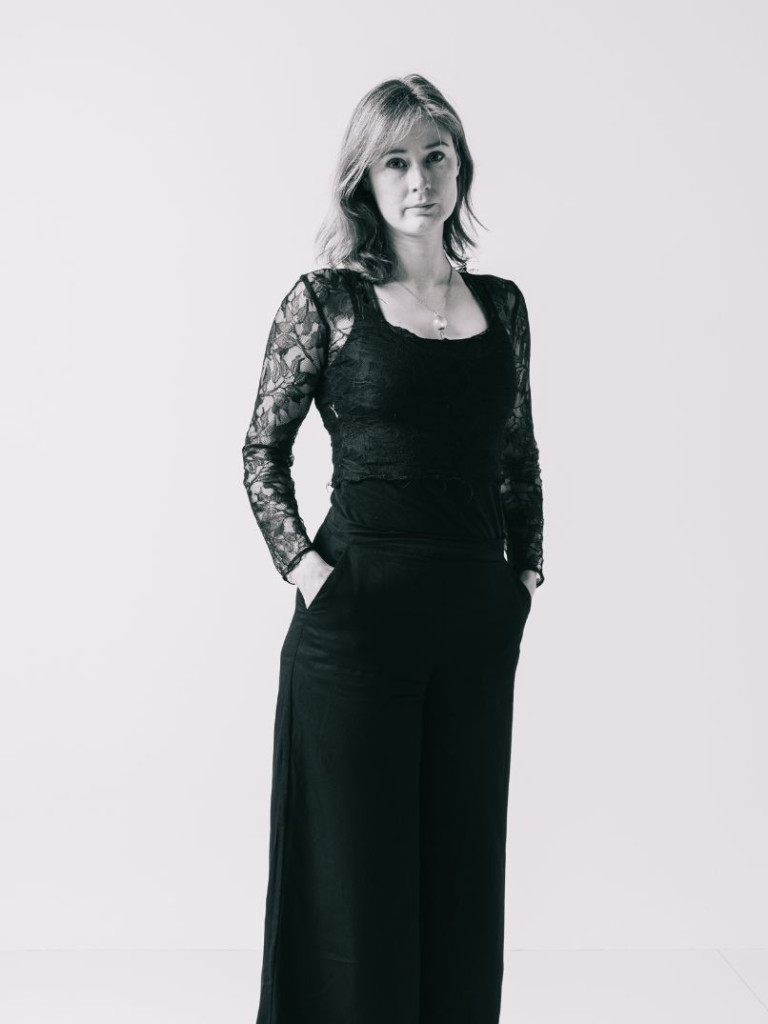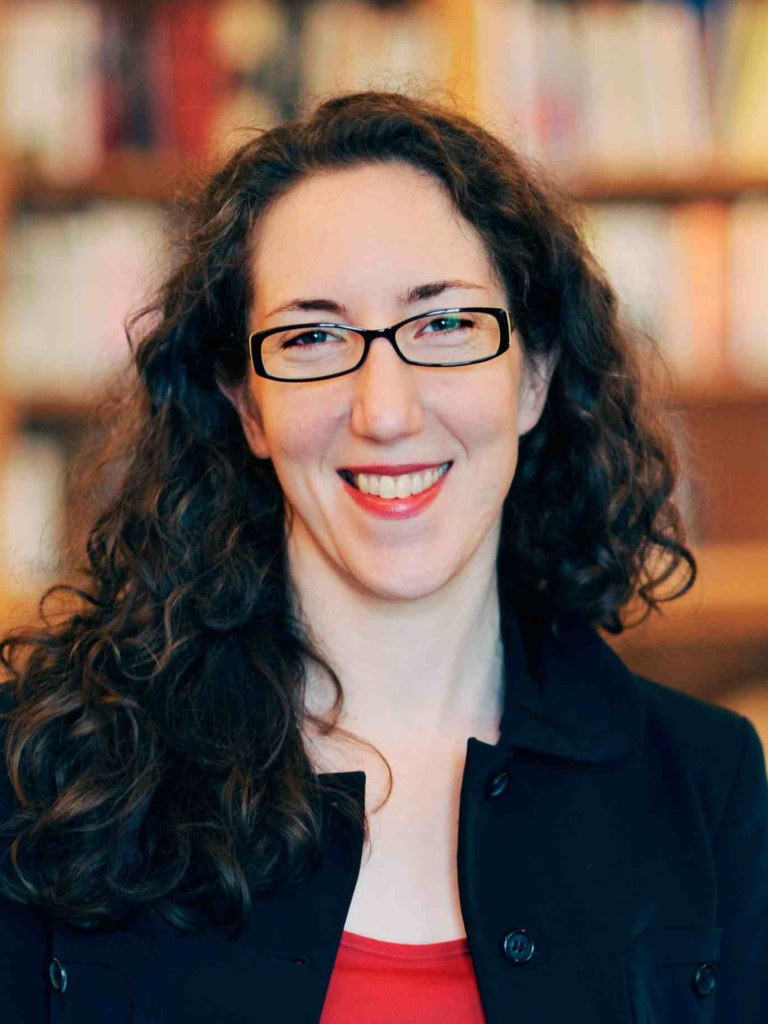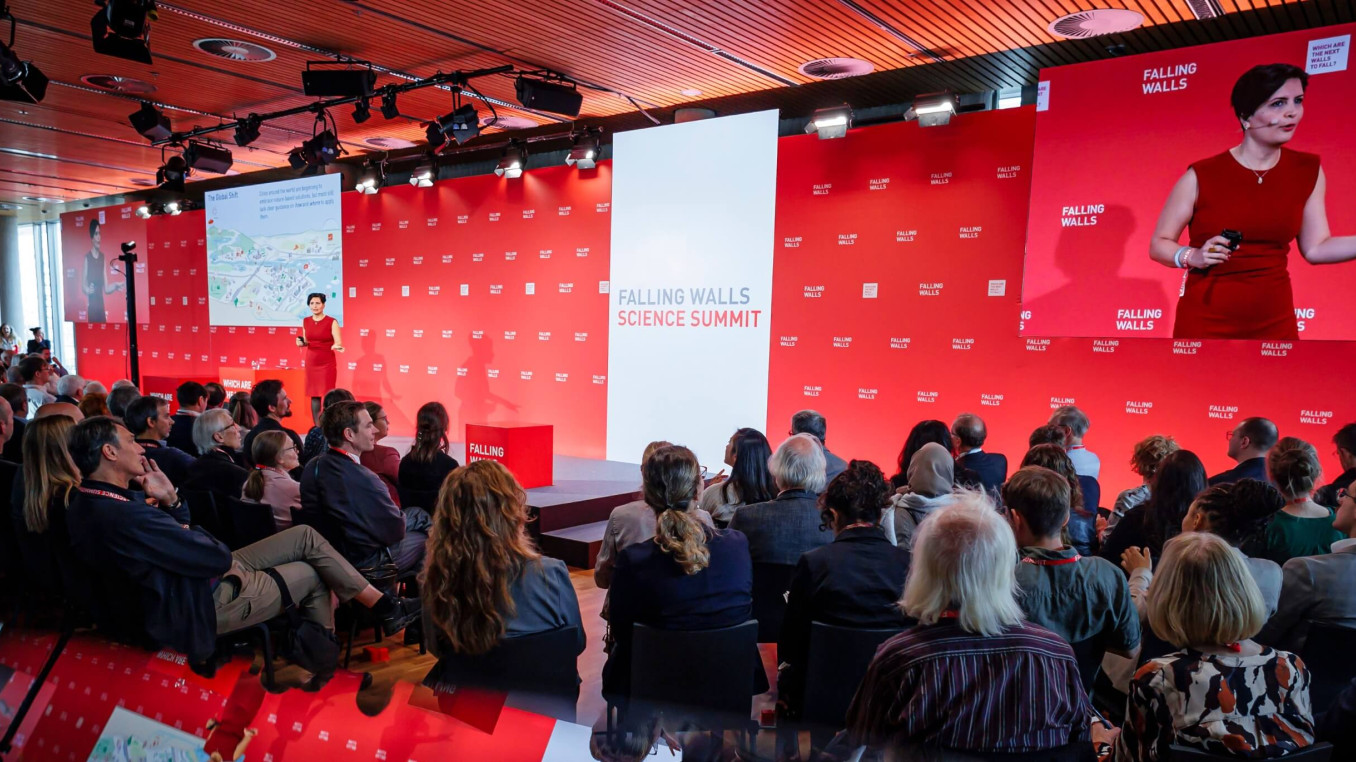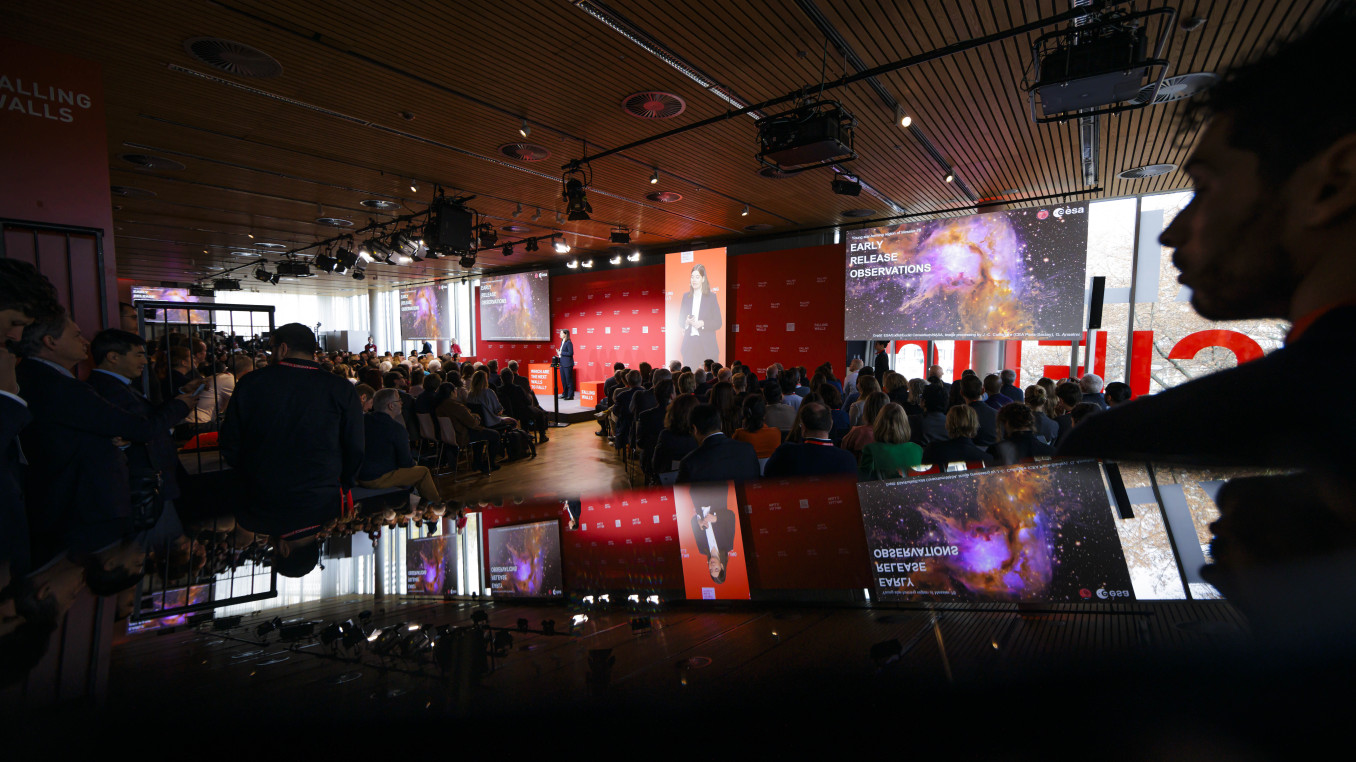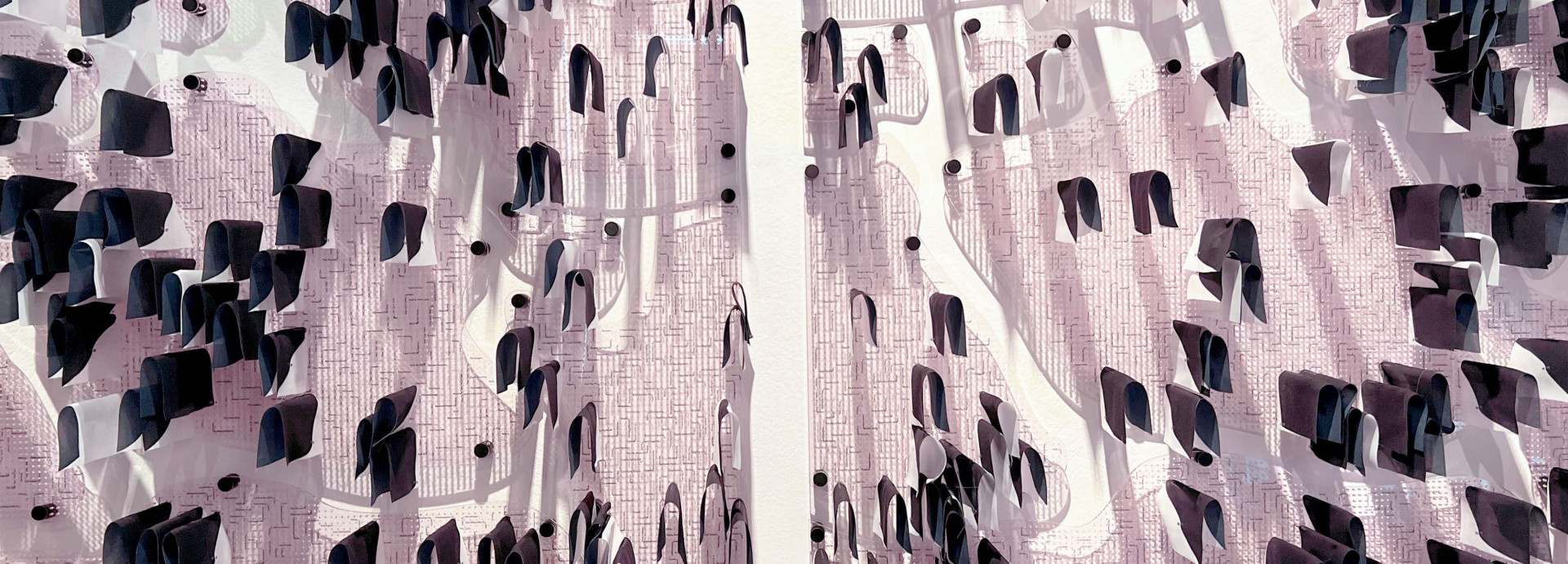
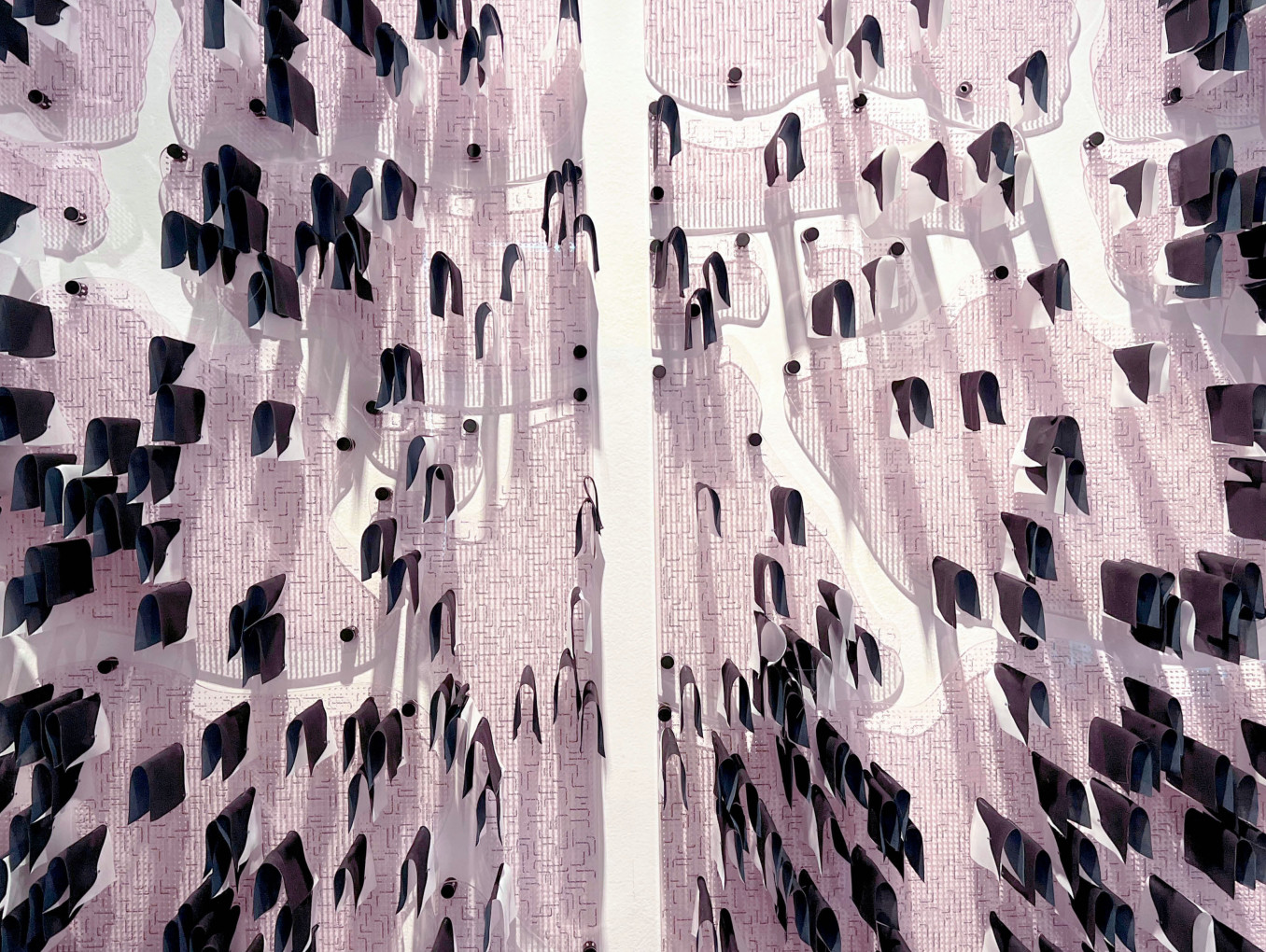
Art & Science
Our Science Breakthrough of the Year 2025 in the Art & Science category is Marco Barotti: Ecological Healing through Sound!
Marco Barotti presented his work on the main stage of the annual Falling Walls Science Summit on 9 November.
He was selected out of +120 submissions in the Art & Science category. Congratulations also to our nine finalists.
THE FALLING WALLS GLOBAL CALL FOR 2026 WILL REOPEN SOON
In the Art & Science category, we seek bold, visionary artists whose work is fuelled by the wonders of science. From the humanities to life sciences, technology, and beyond, we’re looking for creations that illuminate the mysteries of our world, tackle pressing societal issues, and celebrate the breathtaking beauty of scientific discovery. This is where art and science collide, not as opposites but as powerful allies in shaping the future.
We showcase:
- Trailblazing international artists, collectives, and projects that transform scientific breakthroughs and phenomena into extraordinary artistic expressions.
- Innovators who confront global challenges using science-inspired methods, practices, or themes.
- Game-changers at the crossroads of art and science, redefining boundaries with groundbreaking ideas and unmatched creativity.
Your work will not only be evaluated for its impact in this category but also for its potential to ignite interdisciplinary solutions.
Subscribe to our Newsletter and don't miss any updates.
SCIENCE BREAKTHROUGH OF THE YEAR 2024 IN ART & SCIENCE
Tiange Wang: Breaking the Wall of Multisensory Data
Tiange Wang, a multidisciplinary designer, created DataWagashi, an innovative project that transforms complex data into multisensory experiences using traditional Japanese Wagashi art. By integrating taste, smell, and texture, Wang's work makes data more tangible and engaging, offering a unique way to experience and understand information.
SCIENCE BREAKTHROUGH OF THE YEAR 2024 IN ART & SCIENCE
Tiange Wang: Breaking the Wall of Multisensory Data
Tiange Wang, a multidisciplinary designer, created DataWagashi, an innovative project that transforms complex data into multisensory experiences using traditional Japanese Wagashi art. By integrating taste, smell, and texture, Wang's work makes data more tangible and engaging, offering a unique way to experience and understand information.
FALLING WALLS GLOBAL CALL - GET INVOLVED
Nominations for the Science Breakthrough of the Year may be initiated by leading academics and academic institutions, universities, research organizations, companies, private and public research centres, academies, research funders, foundations, and individuals to nominate the latest breakthroughs in Art & Science.
Self-nominations are accepted. To submit your own project, please run through the nomination process on our online platform. You will receive an email to confirm your nomination in order to give detailed information on your project.
Please note that submissions must be completed in English.
If you have any questions, please do not hesitate to contact us via email. We are happy to help.
- Your work will be presented to a distinguished Jury and will get international visibility.
- Be a part of the Falling Walls network and interact with a wide range of decision-makers, innovators and emerging talents from all over the world. Join an interdisciplinary community that is committed to bringing down barriers to address common challenges.
- Take your chance to become the Falling Walls Science Breakthroughs of the Year in Art & Science and present your breakthrough work to a global audience on 9 November 2025 on our stage at the Falling Walls Science Summit in Berlin.
- As Science Breakthrough of the Year you will get the opportunity to enjoy the Falling Walls Science Summit 2025, a three-day conference with inspiring keynotes, discussions, and exciting pitches. Be part of a community of the most important researchers and thinkers of our time and discuss breakthroughs with global leaders in science, politics, business, and the media.
We will use our expertise and years of experience in science communication to help make your research accessible and engaging to a wide audience, and to highlight its impact on society.
STEP 1 – NOMINATION
Leading actors in science and academia worldwide nominate individual scientists or research groups by submitting a nomination form via our online platform by 15 May 2025. Nominated candidates will be contacted directly and asked to submit further details. Self-nomination is accepted.
STEP 2 – 30 SHORTLISTED APPLICANTS
Submissions that meet the standard requirements will be evaluated by a shortlisting jury and the jury chair using our selection criteria (see below) to agree on a list of 30 shortlisted applicants, who will be officially announced on our website in mid-June.
STEP 3 – 10 FINALISTS
Our distinguished jury for Art & Science, chaired by Juliet Koss will evaluate the shortlisted applications based on the selection criteria and choose ten finalists. The ten finalists will be released in mid-August.
STEP 4 – THE FALLING WALLS SCIENCE BREAKTHROUGH OF THE YEAR
The respective juries will select the Science Breakthroughs of the Year from the finalists of each category. On 9 November, the anniversary of the peaceful fall of the Berlin Wall, the Science Breakthroughs of the Year 2025 will take up the stage at the Falling Walls Science Summit in Berlin.
We are specifically looking for projects that address global challenges and represent scientific knowledge in an innovative way. Falling Walls always encourages interdisciplinary approaches to science and seeks outstanding scientists as well as research groups. The four selection criteria are:
- Breakthrough Potential: What distinguishes the project within the landscape of contemporary art? To what extent does it mark a paradigm shift, introducing a novel approach that challenges existing frameworks? The evaluation considers how the work critically engages with societal issues, reflecting on urgent questions of our time and potentially offering new perspectives or solutions.
- Quality of Research: What scientific foundation underpins the project, and how deeply is it rooted in this research? The emphasis lies on the strength of the project's connection to academic inquiry, assessing whether the research is of high quality and relevance, and how effectively it informs and enriches the artistic outcome.
- Artistic Approach: What is the conceptual and aesthetic strategy behind the work? The assessment includes an exploration of the artistic and research processes that led to the project, examining how the artist’s evolving skills and insights shaped the final result. The ability to integrate artistic experimentation with research-driven inquiry plays a crucial role in evaluating the overall originality and coherence of the work.
Each evaluation criterion is considered proportionally. Nominations and Self-nominations will be considered and evaluated within the category, but their potential for interdisciplinary problem-solving will also be assessed.
